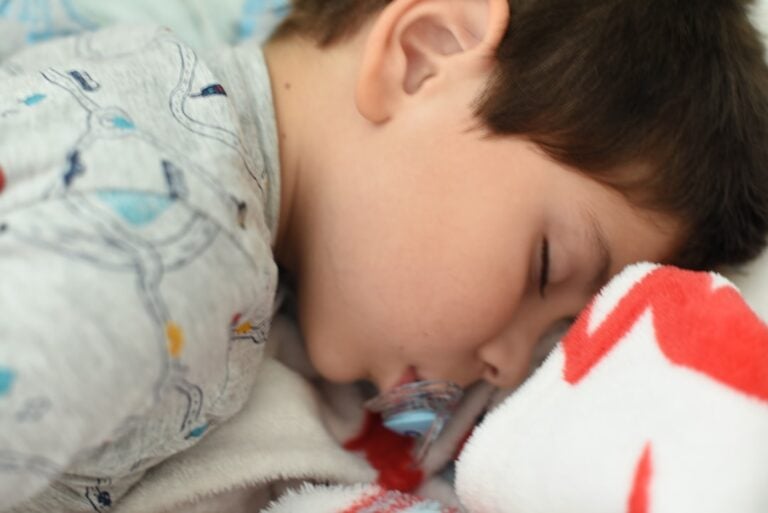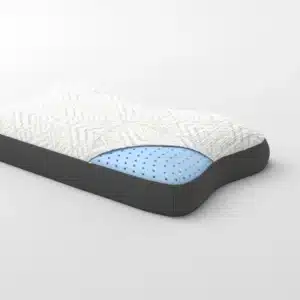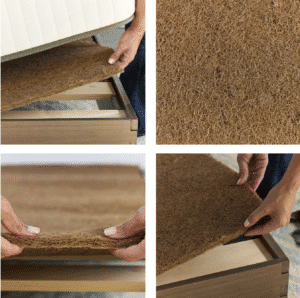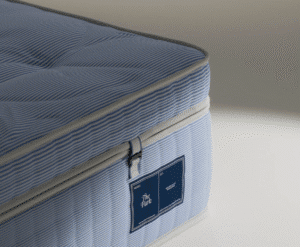The Complete Guide to Sleep Regression Ages
Understanding Sleep Regression Ages
Navigating the world of parenthood often comes with its challenges, one of which is understanding sleep regression ages. Many parents experience sudden disruptions in their baby’s sleep patterns, leaving them baffled and exhausted. This comprehensive guide will explore the common ages associated with sleep regression, the behaviors to expect, and effective solutions to help your little one—and yourself—get through these restless phases.
Common Sleep Regression Ages
Sleep regressions are developmental milestones that profoundly affect sleep. Let’s break down the key ages when parents can expect these disruptions:
– 3-4 Months: This is when babies transition to a more adult-like sleep cycle, resulting in increased night awakenings.
– 6-8 Months: Babies may experience separation anxiety or discomfort from teething, both of which can lead to sleep disruptions.
– 12 Months: New skills such as walking can interfere with established sleep routines.
– 18 Months: Changes in independence and circadian rhythms can make sleep more elusive.
– 24 Months: Life events like potty training or moving to a toddler bed can disrupt sleep patterns.
Understanding these common sleep regression ages is crucial for parents who wish to manage the inevitable challenges that accompany them.
Defining Sleep Regression
So, what exactly is sleep regression? It refers to a noticeable shift in an infant’s sleep patterns—where a previously well-sleeping baby suddenly awakens frequently or resists napping altogether. These changes often coincide with developmental milestones or significant life changes, turning what seemed like a peaceful sleep routine into a challenging puzzle.
Signs of Sleep Regression
Recognizing sleep regression isn’t always straightforward. Here are some common indicators:
1. Increased Fussiness: During the day, your baby may appear more irritable or cranky.
2. Multiple Night Wakings: Frequent awakenings become characteristic during regression phases.
3. Bedtime Resistance: Your little one might fight sleep or refuse to nap.
4. Shorter Naps: Instead of longer rests, your baby may take brief catnaps or skip naps entirely.
Understanding these signs helps parents remain calm and responsive, knowing that these behaviors are part of a normal developmental stage.
Causes of Sleep Regression
Several factors can lead to sleep regressions:
1. Neurodevelopmental Changes: As babies grow, their rapidly developing brains may disrupt sleep.
2. Schedule Changes: Alterations in naptimes or bedtime routines can interfere with sleep patterns.
3. Milestones: Learning new skills, like crawling, can make babies more restless than usual.
4. Illness: Health issues can temporarily affect sleep quality.
5. Travel: A change in environment can lead to altered sleeping patterns.
Understanding these triggers can offer parents a clearer path to manage their baby’s sleep disturbances by providing extra comfort when needed.
Navigating Sleep Regressions: Top Tips
While sleep regressions can feel overwhelming, there are effective strategies to ease the transition:
1. Maintain Healthy Sleep Habits
Stick to your usual bedtime routine, even during regressions. Consistency signals to your baby that it’s time to sleep.
2. Consistent Routines
Establish a predictable daily schedule that includes calming activities like baths or reading. A consistent routine helps children feel secure and ready to rest.
3. Active Wake Time
Ensure your baby has plenty of active awake time throughout the day. Engaging in physical and mental activities can help tire them out and facilitate easier sleep.
4. Optimal Bedtime
Aim for a bedtime between 7:00-8:00 PM, as this is often when babies are naturally ready to sleep.
5. Understand Wake Windows
Pay attention to wake windows—periods when your baby can stay awake before needing rest. Respecting these windows can prevent overtiredness, which often complicates sleep.
6. Encourage Skill Practice During Daytime
If your baby is learning to crawl or walk, allow them to practice those skills during the day. This may reduce the likelihood of nighttime restlessness due to newfound mobility.
7. Comfortable Sleep Environment
Create a serene sleep environment with darkened rooms and white noise machines for optimal comfort.
8. Provide Comfort
During teething or illness, offer comfort but try to encourage your baby to settle back in their crib. Gentle words, pats, or familiar lullabies can soothe them back to sleep.
Conclusion
Understanding sleep regression ages can feel daunting, but with consistent practices and a nurturing environment, parents can effectively support their baby’s sleep journey. By remaining patient and responsive to your baby’s evolving needs, you can help ease these transitions, ensuring both you and your baby can enjoy restful nights.
At Yawnder, we recognize how tough these periods can be, which is why we offer expert-driven sleep solutions tailored to meet the unique needs of every child. Explore our range of sleep products designed to cultivate healthy sleep habits in your family. The journey through sleep regression can be challenging, but with the right tools and support, you’ll navigate it successfully. You’ve got this, and we’re here to help you every step of the way.


















